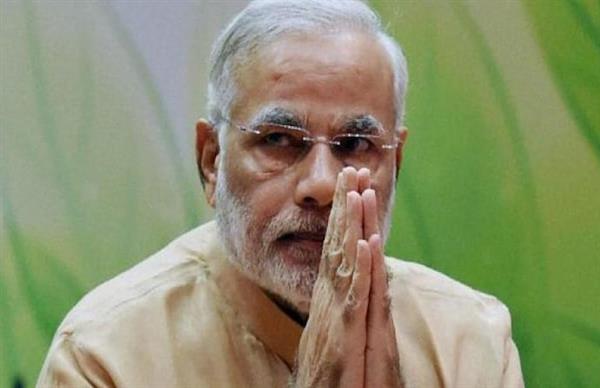The Modi government has been under fire for increasing India’s external debt, from $482.9 billion in 2013 to $588.2 billion in 2017. Critics point to the fact that India’s external debt has increased by over 20% in the last four years – a worrying sign of India’s growing dependency on external financing.
So, why is the Modi government increasing India’s external debt? The answer is complex, and there are several factors that have contributed to the rise in India’s external debt.
Firstly, the Modi government has been proactive in seeking external financing – particularly from the World Bank and other multilateral lenders – to fund various infrastructure projects. While this has had positive effects on the Indian economy, it has also contributed to the rise in external debt.
Secondly, India has also been borrowing heavily from overseas investors, particularly through the Reserve Bank of India’s (RBI) foreign currency assets. This has been driven by the RBI’s policy of keeping the domestic currency relatively stable and is part of the government’s effort to attract foreign capital.
Thirdly, India’s external debt has also been affected by the government’s decision to allow foreign direct investment (FDI) into the country. This has led to a surge in foreign portfolio investment in India, which has added to the country’s external debt burden.
Fourthly, Another reason behind the increasing external debt is to finance the government’s various welfare schemes, such as the Jan Dhan Yojana, the Pradhan Mantri Ujjwala Yojana, and the Pradhan Mantri Mudra Yojana. These schemes are aimed at providing financial assistance to the underprivileged sections of society, which will help reduce poverty and inequality.
Finally, India’s external debt is also impacted by the government’s macroeconomic policies, such as its fiscal deficit, current account deficit, and inflation. The government has been unable to control these economic factors, which has led to an increase in the country’s external debt.
Overall, the Modi government’s policy of increasing India’s external debt is a double-edged sword. On the one hand, it has helped finance infrastructure development and attracted foreign investments, which has had positive effects on the Indian economy. On the other hand, it has also added to the country’s external debt burden, which could have long-term implications. Going forward, it is important for the government to ensure that India’s external debt is managed responsibly and that economic policies are implemented in a manner that promotes sustainable economic growth.
